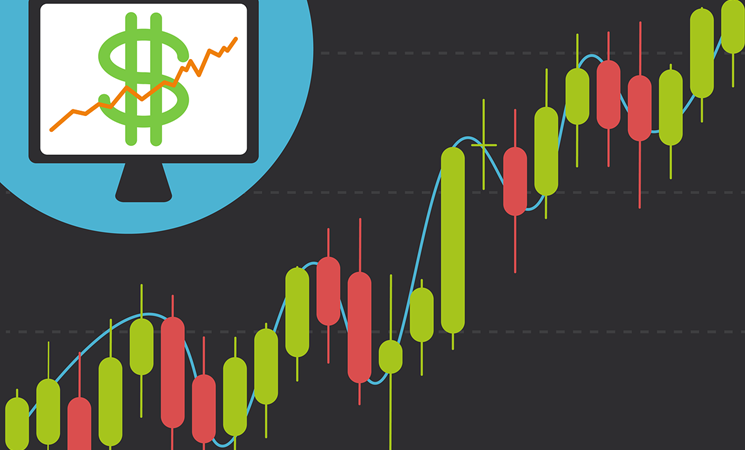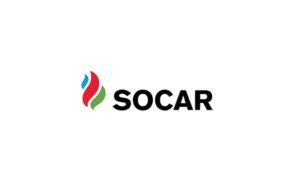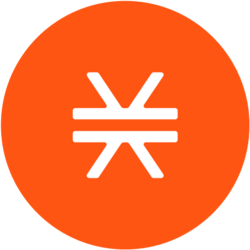Forex trading, also known as foreign exchange trading, has become increasingly popular worldwide as a means of investment and speculation. Both the United States and Canada boast active forex markets, but there are distinct differences in how trading is regulated, the availability of brokers, and the overall trading environment. In this article, we’ll delve into a comparative analysis of forex trading in the USA and Canada.
Regulatory Framework:
United States:
In the USA, forex trading is regulated by several bodies, primarily the Commodity Futures Trading Commission (CFTC) and the National Futures Association (NFA). The regulatory framework is stringent, with strict requirements for brokers, including minimum capital requirements, segregation of client funds, and adherence to anti-money laundering (AML) and know-your-customer (KYC) regulations. Additionally, the USA operates under a FIFO (first in, first out) rule, which impacts the order in which trades are closed.
Canada:
Forex trading in Canada is overseen by the Investment Industry Regulatory Organization of Canada (IIROC). The regulatory environment is robust, but it’s worth noting that regulations can vary by province due to the decentralized nature of securities regulation in Canada. Brokers must be registered with IIROC and adhere to specific standards regarding client protection, risk management, and transparency.
Brokerage Options:
United States:
The USA boasts a wide array of forex brokers, ranging from large institutional firms to smaller retail-focused platforms. Many well-established international brokers operate in the US market, offering a diverse range of trading instruments, competitive pricing, and advanced trading platforms. However, due to regulatory requirements, the number of available brokers may be slightly limited compared to other regions.
Canada:
Similarly, Canada offers a variety of forex brokers catering to both institutional and retail traders. While the selection may not be as extensive as in the USA, Canadian traders still have access to reputable international brokers as well as domestic brokerage firms. Some brokers also offer specialized services tailored to the Canadian market, such as multilingual support and localized payment options.
Trading Conditions:
United States:
In the USA, forex trading conditions are generally favorable, with tight spreads, efficient order execution, and access to a wide range of currency pairs. Traders benefit from robust investor protection measures enforced by regulatory authorities, which include mandatory disclosure of risks and transparent pricing. However, as mentioned earlier, certain regulations such as FIFO can impact trading strategies and require traders to adapt their approach accordingly.
Canada:
Canadian forex traders also enjoy favorable trading conditions, with competitive spreads and reliable execution. The regulatory framework ensures a level playing field and safeguards investor interests, contributing to overall market integrity. While there may be slight variations in trading conditions among brokers, traders can typically access major currency pairs as well as some exotic pairs, depending on the broker’s offerings.
Conclusion:
Both the United States and Canada offer conducive environments for forex trading, characterized by robust regulatory oversight, access to reputable brokers, and favorable trading conditions. While there are differences in the specific regulatory frameworks and brokerage options available, traders in both countries can engage in forex trading with confidence, knowing that their interests are protected and that they have access to the tools and resources necessary for success.
 Anasayfa
Anasayfa Canlı Borsa
Canlı Borsa Borsa
Borsa Döviz Kurları
Döviz Kurları Altın
Altın Hisse Senetleri
Hisse Senetleri Endeksler
Endeksler Kripto Paralar
Kripto Paralar Döviz Hesaplama
Döviz Hesaplama Döviz Çevirici
Döviz Çevirici Kredi Arama
Kredi Arama





































































































